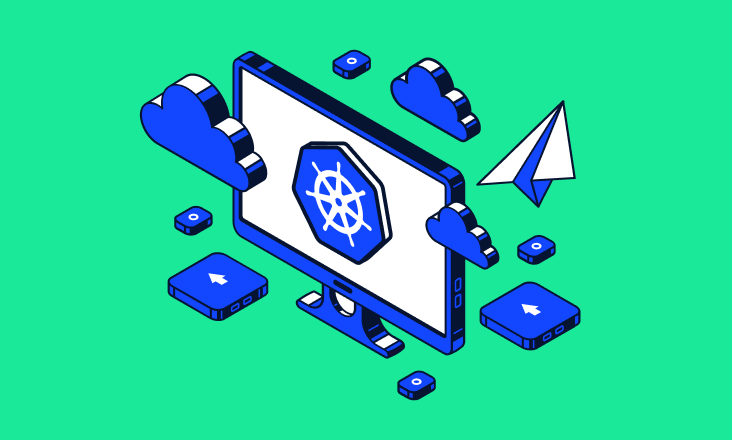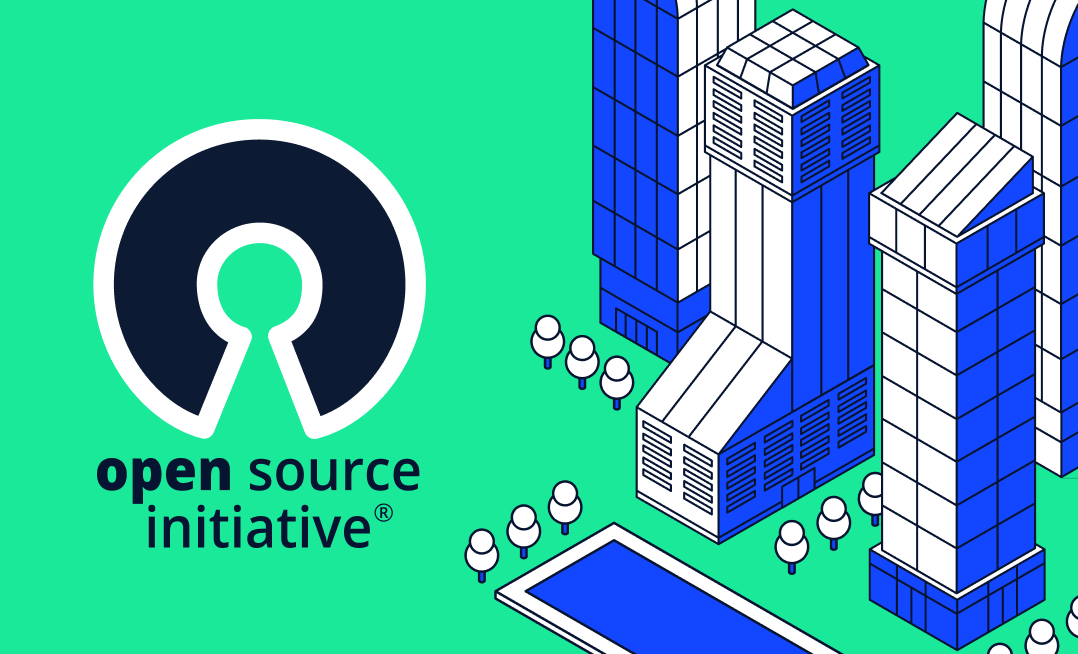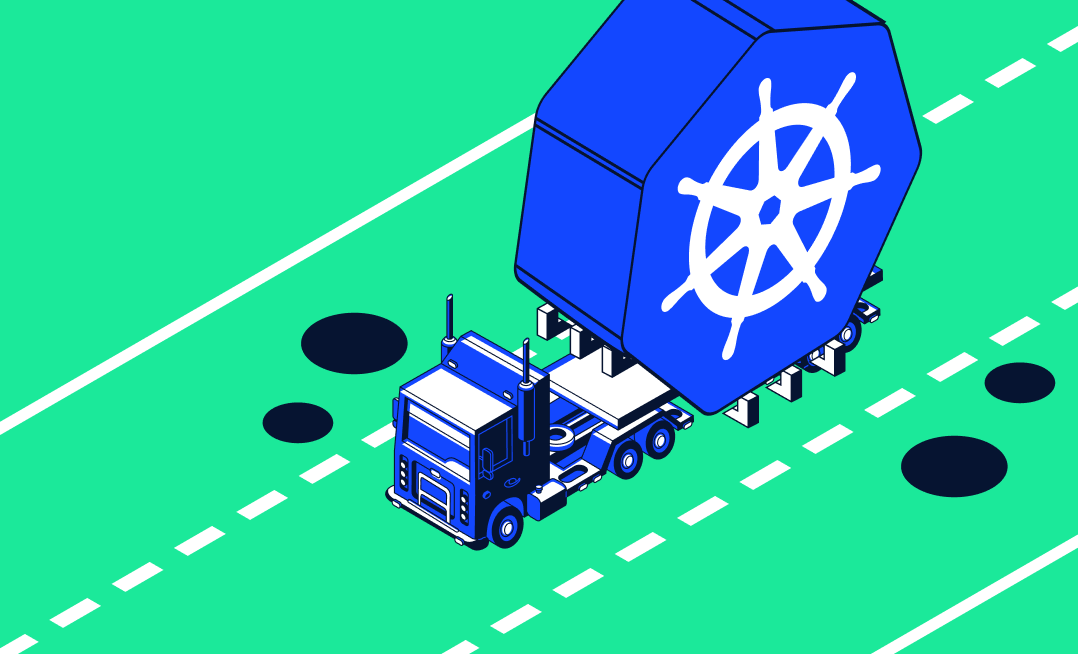Kubernetes is essential to modern application development and runtime. As a powerful container orchestration platform, its benefits include improved scalability, portability, and automation, all of which contribute to more resilient applications and cost savings.
More and more organizations are adopting Kubernetes to develop applications that can scale, recover from failures, and quickly adapt to changing business requirements. However, migrating applications to Kubernetes can present several challenges—from containerizing existing applications and integrating with CI/CD systems to overcoming technical hurdles and adopting new tools and technologies.
This post will provide a comprehensive guide on the benefits of Kubernetes, navigating the challenges, and ensuring a successful migration.
Benefits of Migrating to Kubernetes
Kubernetes offers a range of advantages that can significantly improve your application’s performance, reliability, and overall development process. Let’s take a look at why so many organizations are making the move.
Scalability
Kubernetes efficiently manages application scaling, both horizontally and vertically. Using built-in mechanisms, like autoscaling, rolling updates, and self-healing, it responds to changes in demand and ensures optimal resource usage. This leads to increased efficiency and cost-effectiveness.
Portability
Kubernetes runs applications consistently across various environments, enabling deployment on any infrastructure supporting it, including on-premises data centers, public clouds, or hybrid setups. Kubernetes lets you run an application on any infrastructure platform via a simple API by utilizing the same application manifest configuration. This portability enables you to benefit from the best possible infrastructure and avoid vendor lock-in.
Automation
Kubernetes automates numerous application deployment and management aspects. This reduces the time and effort involved in manual intervention, meaning development teams can focus on delivering new features and improvements instead.
Resiliency
Kubernetes has built-in mechanisms for detecting and recovering from issues involving the application or overall infrastructure. And you can rely on this availability and responsiveness even during unexpected problems.
Development Velocity
By using Kubernetes, developers can create and deploy applications faster and with greater consistency. Kubernetes allows for seamless scaling and enables developers to iterate on new features and updates faster, reducing the time between code changes and deployment. This increased development velocity can result in a development process that’s more efficient and productive.
Cost Savings
By leveraging Kubernetes’ features like intelligent resource allocation, autoscaling, and efficient infrastructure usage, you can achieve significant cost savings compared to traditional deployment methods. This is especially true for cloud-based infrastructure using pay-as-you-go models.
Now that you have an understanding of the benefits of Kubernetes, let’s talk migration. In the following section, we’ll delve into containerizing existing applications as the first part of a Kubernetes migration.
Containerizing Existing Applications
The first step in migrating your applications to Kubernetes is to containerize them. Containerization involves packaging your application and its dependencies into a portable container image that can run consistently across various environments.
There are substantial pros to containerization itself:
- Consistency: Containers provide a consistent environment for your application, ensuring that it behaves the same way across different stages of development, testing, and deployment.
- Isolation: Containers isolate your application from the underlying infrastructure, preventing conflicts and issues caused by shared dependencies or system configurations.
- Efficiency: Containers use shared resources more efficiently, enabling you to run multiple instances of your app on a single host without duplicating dependencies.
Containerization: Not So Complicated
The containerization process takes just a few steps.
First, you need to evaluate your asset application dependencies, like libraries, frameworks, and services, to determine container image inclusions. This might involve refactoring the application or updating dependencies for container compatibility.
Next, select a container image registry to store images, such as Docker Hub, Amazon Elastic Container Registry (ECR), or Google Container Registry (GCR). Then you can go ahead and define the container image in a Dockerfile, specifying the base image, dependencies, and necessary configuration or runtime settings.
Lastly, you’re ready to build and test the image. Use Docker or a similar runtime to build the container image from the Dockerfile. Testing it will make sure it runs correctly and fulfills all application requirements.
Challenges and Best Practices
There are, however, some issues you may face when containerizing your apps. We discuss the most common of these and how to overcome them below.
Dealing With Legacy Code and Dependencies
Migrating older applications with outdated dependencies can be challenging. To address this, map your legacy dependencies and consider updating or replacing these dependencies, or use multi-stage builds in your Dockerfile to isolate and manage complex dependencies.
Recoding Automations
Companies may have existing code and scripts that are not compatible with containerization and will require reimplementing/recoding of these automation scripts. This can be a time-consuming process that requires careful planning and execution to make sure the new tools integrate seamlessly with the existing infrastructure. Best practices for addressing this challenge include leveraging automation tools and collaborating closely with development teams to identify and address compatibility issues.
Ensuring Compatibility With Kubernetes
While containerizing your application, make sure it’s compatible with Kubernetes features, such as stateful and stateless applications, services, and ingress controllers. This may involve adjusting your application’s architecture or configuration settings.
Managing Container Images and Registries
Effectively managing container images and registries is crucial for maintaining a secure and efficient container deployment pipeline. Implement best practices, like implementing image scanning tools, setting up automated build pipelines, and managing access controls for your registry.
By following these steps and being aware of potential challenges, you’ll be well-prepared to containerize your applications, setting the stage for a successful migration to Kubernetes.
Integrating With CI/CD Systems
The next step in the migration process is integrating your now-containerized apps with continuous integration and continuous delivery/deployment (CI/CD) systems.
CI/CD systems play a key role in modern application development, automating the process of building, testing, and deploying code. CI focuses on integrating code changes into a shared repository and running automated tests, while CD ensures that tested code is deployed to production environments efficiently and consistently.
Consider a company that uses a manual deployment process for their application, which involves several steps and handoffs between different teams. For example, the development team creates the code, the testing team tests it, the operations team deploys it to the production environment, and so on. If the company decides to migrate to Kubernetes, they would need to streamline their deployment process and automate as many steps as possible. This might involve using a CI/CD pipeline that is integrated with Kubernetes and can automatically deploy new versions of the application to the Kubernetes cluster. By automating the deployment process, the company can save time and reduce the risk of errors.
Importance of Automation
Automation is a crucial aspect of CI/CD systems because it helps reduce manual intervention, human error, and overall development time. Automated testing makes sure that any changes you make to the code don’t introduce new issues; this lets teams identify and fix problems early in development. This way, CI/CD systems positively impact developers’ day-to-day work, streamlining the development process and enhancing the collaboration and communication between teams.
Importance of Integration With Kubernetes
Integrating Kubernetes with CI/CD systems can enhance deployment, taking advantage of Kubernetes’ built-in scalability, resiliency, and automation features. By leveraging Kubernetes for application deployment, CI/CD systems better handle increased workloads and ensure the efficient use of resources; and this, in turn, leads to cost savings and improved application performance.
Challenges and Best Practices
There are some concerns surrounding proper CI/CD integration you need to be aware of, along with ways to mitigate them.
Configuring CI/CD Pipelines for Kubernetes
Correctly configuring CI/CD pipelines to work with Kubernetes can be challenging. It may involve adapting existing pipelines to handle containerized applications, configuring Kubernetes manifests, and integrating with Kubernetes APIs. The recommended approach is to use CI/CD systems that work well with containers and the deployment strategies of Kubernetes.
Managing Application State and Data
When deploying applications on Kubernetes, managing application state and data is critical because of the ephemeral nature of containers This may involve configuring persistent storage and ensuring stateful applications are running scalably with their state. To address these, you’ll need to use Kubernetes-native solutions for data management.
Dealing With Network Complexities
Networking in Kubernetes can be complex, requiring careful consideration of load balancing, ingress, and service discovery. Overcoming these issues may involve using Kubernetes-native solutions or third-party tools to manage network configurations and ensure reliable communication between application components.
When CI/CD systems are implemented appropriately, they become the bridge between the source code and the running application instances in your Kubernetes cluster. By understanding the importance of CI/CD systems and integrating them with Kubernetes, you’ll be better equipped to handle the challenges of migrating your applications and taking full advantage of Kubernetes’ capabilities.
Technical Hurdles in Migration
Migrating applications to Kubernetes can come with various technical hurdles as well due to the distributed architecture and complex nature of Kubernetes. For example, be prepared to adopt new tools and technologies, like container runtimes. Kubernetes itself can also present a steep learning curve for development teams, impacting productivity.
The migration process can also be disruptive, requiring teams to adapt existing workflows, application architectures, and CI/CD pipelines to accommodate the new Kubernetes-based infrastructure.
Additionally, ensuring security and compliance is vital, as introducing Kubernetes can create unknown risks and challenges related to data protection, access control, and regulatory compliance.
Let’s explore some strategies to navigate and overcome these obstacles effectively.
Find the Right Tools and Resources for Migration
Migrating to Kubernetes requires specialized knowledge and tools. To address this challenge, invest in training, documentation, and support to help your team learn the necessary skills and technologies. Additionally, consider using third-party tools and services that can simplify the migration process and provide additional features or integrations.
Set a Migration Strategy
When migrating to Kubernetes, developers must prioritize critical components of the application to ensure they are migrated based on their business criticality. This may involve deciding whether to first move the most critical services, least critical services, or a combination of both. For instance, a bank could start by migrating credit scoring pipelines to Kubernetes and run them scalably while postponing the migration of the deposit operations to a later stage.
Consider factors such as the complexity of services, their dependencies, and the team’s capabilities when deciding on a migration strategy.
Take Ownership of Non-Application Configurations
Developers will have to adopt infrastructure configurations inside Kubernetes, such as autoscaling, ingress, and load balancing. To overcome this hurdle, invest in training and documentation to help your team understand and manage these configurations effectively.
Manage Complexity and Avoid Errors
Migrating to Kubernetes can be complex, requiring coordination between multiple teams and systems. Addressing this complexity and avoiding mistakes means you need to establish clear communication channels, document processes, and implement automation where possible.
Be Aware of Ownership and Responsibility
Migrating to Kubernetes often involves a shift in responsibility for application and infrastructure management, with developers taking on more ownership of these aspects. Consider adopting a “shift-left” approach to identify and resolve any problems earlier in the development process. This can help devs become more familiar with infrastructure management and reduce the risk of errors or disruptions.
By addressing these common challenges and overcoming the technical hurdles associated with migrating to Kubernetes, you’ll ensure a smoother and more successful migration process, ultimately enabling your team to fully leverage the benefits of Kubernetes in your application development process.
Of course, there are some companies dedicated to helping you on this journey.
Introducing Komodor
Having the right tools at your disposal for a Kubernetes migration is crucial. One such tool is Komodor.
Komodor was designed as a Kubernetes-native platform to help developers monitor, troubleshoot, and manage their applications running on Kubernetes. Komodor offers several features via a unified and intuitive interface that can benefit teams migrating to Kubernetes:
Monitoring and Troubleshooting Kubernetes Resources
Komodor provides a unified view of your Kubernetes resources, making monitoring their status and identifying issues easier. This can help you quickly pinpoint and resolve problems, minimizing downtime and ensuring a smooth migration.
Streamlining Communication Between Teams
As the migration process often involves multiple teams, effective communication is essential. Komodor’s collaborative features help to facilitate discussions and information sharing between groups, reducing confusion and ensuring that everyone stays aligned throughout the migration process.
Automating Repetitive Tasks and Reducing Errors
Komodor uses intelligent recommendations and automation to help teams address common issues and automate repetitive tasks. This saves time and effort, not to mention lowers the chance of mistakes, ensuring a more successful move to Kubernetes.
Using Komodor during your migration to Kubernetes can better manage your resources, improve collaboration between teams, and minimize errors, ultimately contributing to a more efficient and successful migration.
Komodor in Action
To better understand how Komodor can help address common challenges during the migration process, let’s look at some specific examples of its features in action.
Application View
Komodor gathers application resources in Kubernetes for developers in a single view, making monitoring and managing applications more accessible. This addresses the challenge of creating an application dashboard for developers in Kubernetes, allowing them to access and understand their application’s status and configuration quickly.

Komodor’s Kubernetes observability view (Source: Komodor)
Related Resources
Komodor shows the breakdown of associated resources, such as the connection between deployments, pods, and config maps. This helps address the challenge of connecting all relevant resources to a single application, ensuring developers comprehensively understand their application’s architecture and dependencies.
Clear Indication for Infra/App Problems
Komodor provides clear indications of infrastructure and application issues to container-level granularity. This makes it easier for developers to identify problems and take corrective action. It also addresses the challenge of rapidly changing infrastructure so that developers can respond quickly to issues as they arise.

Figure 2: Komodor’s node status view (Source: Komodor)
Deployment With Source Control
Komodor tracks deployed events and correlates them with source control, making it easier to identify failed deployments and their root causes. This addresses the challenge of connecting deployment issues to specific code changes, enabling developers to address problems and maintain stability quickly.
Secure Access to Live Information and Resources
Komodor provides non-command line interface (CLI) secured access for developers, allowing them to access live data and resources without exposing sensitive information or systems. This way, security best practices are maintained throughout the migration process.
Komodor also helps organizations migrate to Kubernetes by reducing the need for deep Kubernetes knowledge. Its intuitive interface and simplified workflows let developers solve problems quickly without being experts in Kubernetes. This reduces the time and effort required to train developers on Kubernetes, ensuring a more efficient and successful move.
Conclusion
Migrating applications to Kubernetes can be complex and challenging. However, the benefits of Kubernetes, such as scalability, portability, automation, resiliency, and cost savings, have made it a compelling choice for modern application development.
By understanding the challenges and leveraging tools like Komodor, you can successfully navigate the migration process and take full advantage of the opportunities for innovation that Kubernetes provides.
To make your Kubernetes migration journey a success:
- Focus on proper planning and strategy by conducting thorough assessments of your current infrastructure and applications.
- Implement tools like Komodor to simplify the migration process; they provide valuable insights and capabilities to help manage, monitor, and troubleshoot Kubernetes resources.
- Invest in continuous education and collaboration so your teams stay up-to-date with best practices and new developments in the Kubernetes ecosystem.
Migrating applications to Kubernetes is a significant undertaking. Still, with careful planning, the right tools, and a focus on staying ahead of the curve, you can successfully complete the journey and unlock the full potential of Kubernetes for your organization.
You’re invited to join us and get started today!



